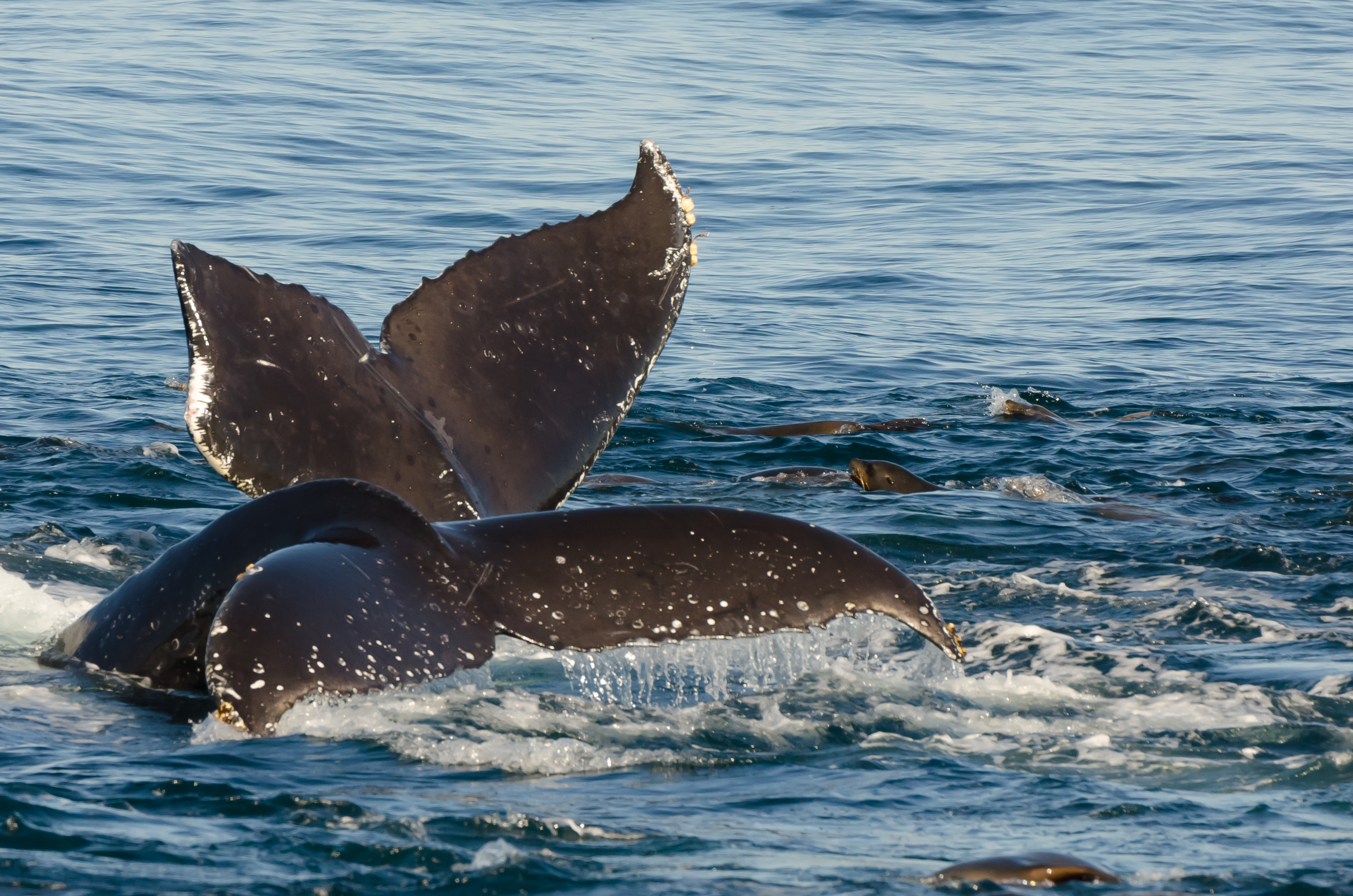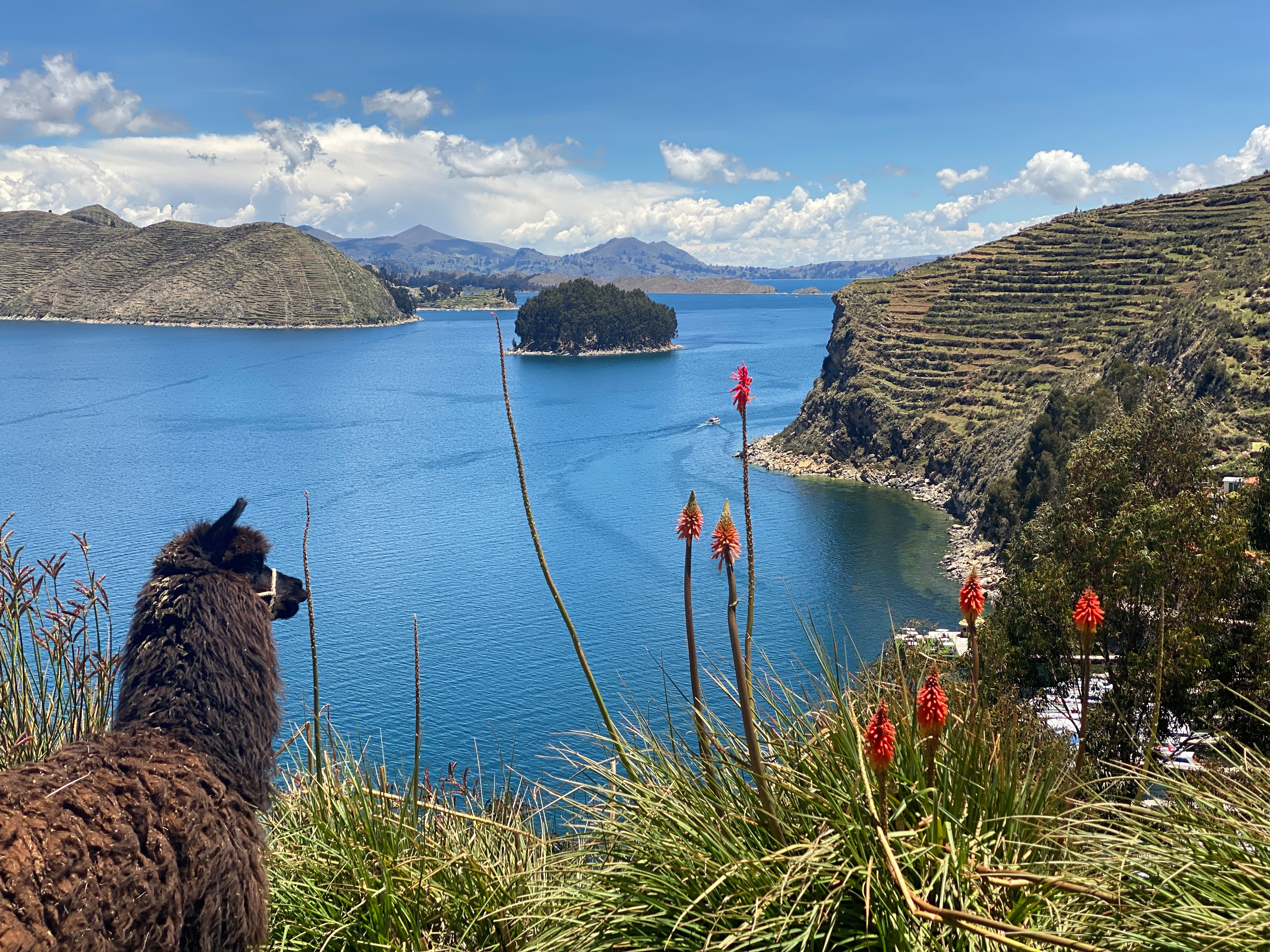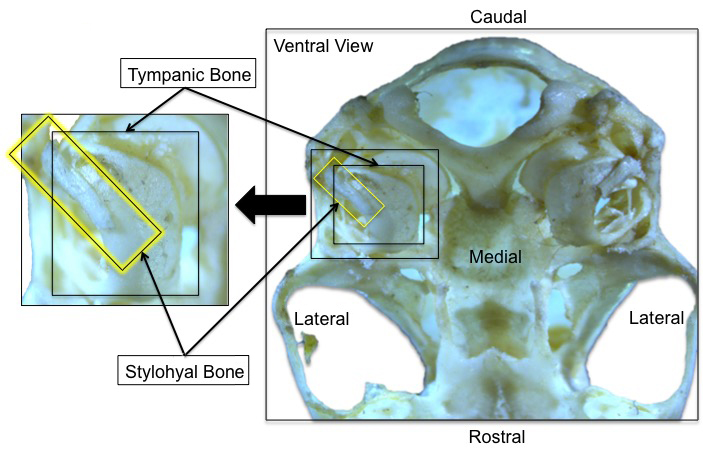|
Crescent Head
Crescent Head is a town on the Mid North Coast, 340 km north-northeast of Sydney, in The Kempsey Shire local government area of New South Wales, Australia. At the 2021 census, Crescent Head had a population of 978 people. Its major industries include tourism and fishing. It has a 6-hole golf course overlooking the sea. History Crescent Head was officially declared a village in 1894, but the first mention of Crescent Head had appeared in 1833 from the NSW Calendar and General Post Office Directory. Excerpt from the General Post Office Directory 1833: ''"From Port Macquarie northerly there is a beaten track and the country may present some obstructions to the formation of a road; travelling is not, however, difficult; the tracks follow the coast which is a succession of sandy beaches extending from Port Macquarie to Point Plomer, thence to Crescent Head and then to Trial Bay..."'' In the 1960s and 70s, Crescent Head was a well-known surfing destination, especially for lon ... [...More Info...] [...Related Items...] OR: [Wikipedia] [Google] [Baidu] |
Kempsey, New South Wales
Kempsey is a town in the Mid North Coast region of New South Wales, Australia and is the council seat for Kempsey Shire. It is located roughly 16.5 kilometres inland from the coast of the Pacific Ocean, on the Macleay Valley Way near where the Pacific Highway (Australia), Pacific Highway and the North Coast railway line, New South Wales, North Coast railway line cross the Macleay River. It is roughly 430 kilometres north of Sydney. As of June 2018 Kempsey had a population of 15,309. Estimated resident population, 30 June 2018. History At the start of the British arrival the town lay within the area of the Djangadi people's lands. An Aboriginal presence has been attested archaeologically to go back at least 4,000 years, according to the analysis of the materials excavated at the Clybucca midden, a site which the modern-day descendants of the Djangadi and Gumbaynggirr claim Native title in Australia, native title rights. In the Clybucca area are ancient camp sites with shell beds ... [...More Info...] [...Related Items...] OR: [Wikipedia] [Google] [Baidu] |
Camping
Camping is a form of outdoor recreation or outdoor education involving overnight stays with a basic temporary shelter such as a tent. Camping can also include a recreational vehicle, sheltered cabins, a permanent tent, a shelter such as a Bivy bag, bivy or Tarpaulin, tarp, or no shelter at all. Typically, participants leave developed areas to spend time outdoors, in pursuit of activities providing them enjoyment or in a form of educational experience. Spending the night away from home distinguishes camping from Day trip, day-tripping, picnicking, and other outdoor activities. Camping as a recreational activity became popular among elites in the early 20th century. With time, it grew in popularity among other socioeconomic classes. Modern campers frequent publicly owned natural resources such as national and state parks, wilderness areas, and commercial campgrounds. In a few countries, including Sweden and Scotland, public camping is legal on privately held land as well. Camping i ... [...More Info...] [...Related Items...] OR: [Wikipedia] [Google] [Baidu] |
Koalas
The koala (''Phascolarctos cinereus''), sometimes inaccurately called the koala bear, is an arboreal herbivorous marsupial native to Australia. It is the only extant representative of the family '' Phascolarctidae''. Its closest living relatives are the wombats. The koala is found in coastal areas of the island's eastern and southern regions, inhabiting Queensland, New South Wales, Victoria, and South Australia. It is easily recognisable by its stout, tailless body and large head with round, fluffy ears and large, dark nose. The koala has a body length of and weighs . Its fur colour ranges from silver grey to chocolate brown. Koalas from the northern populations are typically smaller and lighter in colour than their counterparts further south. These populations are possibly separate subspecies, but not all researchers accept this. Koalas typically inhabit open ''Eucalyptus'' woodland, as the leaves of these trees make up most of their diet. This eucalypt diet has low nut ... [...More Info...] [...Related Items...] OR: [Wikipedia] [Google] [Baidu] |
Turtles
Turtles are reptiles of the order Testudines, characterized by a special shell developed mainly from their ribs. Modern turtles are divided into two major groups, the Pleurodira (side necked turtles) and Cryptodira (hidden necked turtles), which differ in the way the head retracts. There are 360 living and recently extinct species of turtles, including land-dwelling tortoises and freshwater terrapins. They are found on most continents, some islands and, in the case of sea turtles, much of the ocean. Like other amniotes (reptiles, birds, and mammals) they breathe air and do not lay eggs underwater, although many species live in or around water. Turtle shells are made mostly of bone; the upper part is the domed carapace, while the underside is the flatter plastron or belly-plate. Its outer surface is covered in scales made of keratin, the material of hair, horns, and claws. The carapace bones develop from ribs that grow sideways and develop into broad flat plates that j ... [...More Info...] [...Related Items...] OR: [Wikipedia] [Google] [Baidu] |
Dolphins
A dolphin is an aquatic mammal in the cetacean clade Odontoceti (toothed whale). Dolphins belong to the families Delphinidae (the oceanic dolphins), Platanistidae (the Indian river dolphins), Iniidae (the New World river dolphins), Pontoporiidae (the brackish dolphins), and possibly extinct Lipotidae (baiji or Chinese river dolphin). There are 40 extant species named as dolphins. Dolphins range in size from the and Maui's dolphin to the and orca. Various species of dolphins exhibit sexual dimorphism where the males are larger than females. They have streamlined bodies and two limbs that are modified into flippers. Though not quite as flexible as Pinniped, seals, they are faster; some dolphins can briefly travel at speeds of or leap about . Dolphins use their conical teeth to capture fast-moving Predation, prey. They have well-developed hearing which is adapted for both air and water; it is so well developed that some can survive even if they are blind. Some species are w ... [...More Info...] [...Related Items...] OR: [Wikipedia] [Google] [Baidu] |
Whale Watching
Whale watching is the practice of observing whales and dolphins (cetaceans) in their natural habitat. Whale watching is mostly a recreational activity (cf. birdwatching), but it can also serve scientific and/or educational purposes.Hoyt, E. 2009. Whale watching. In Encyclopedia of Marine Mammals, 2nd Edition (Perrin, W.F., B. Würsig and J.G.M. Thewissen, eds.) Academic Press, San Diego, CA., pp1219-1223. A study prepared for International Fund for Animal Welfare in 2009 estimated that 13 million people went whale watching globally in 2008. Whale watching generates $2.1 billion per annum in tourism revenue worldwide, employing around 13,000 workers.O’Connor, S., Campbell, R., Cortez, H., & Knowles, T., 2009, Whale Watching Worldwide: tourism numbers, expenditures and expanding economic benefits, a special report from the International Fund for Animal Welfare, Yarmouth MA, US, prepared by Economists at Large. http://www.ecolarge.com/work/whale-watching-worldwide/ The size a ... [...More Info...] [...Related Items...] OR: [Wikipedia] [Google] [Baidu] |
Bird Watching
Birdwatching, or birding, is the observing of birds, either as a recreational activity or as a form of citizen science. A birdwatcher may observe by using their naked eye, by using a visual enhancement device such as binoculars or a telescope, by listening for bird sounds, watching public webcams, or by viewing smart bird feeder cameras. Most birdwatchers pursue this activity for recreational or social reasons, unlike ornithologists, who engage in the study of birds using formal scientific methods. Birding, birdwatching, and twitching The first recorded use of the term ''birdwatcher'' was in 1712 by William Oldsworth. The term ''birding'' was also used for the practice of ''fowling'' or hunting with firearms as in Shakespeare's '' The Merry Wives of Windsor'' (1602): "She laments sir... her husband goes this morning a-birding." The terms ''birding'' and ''birdwatching'' are today used by some interchangeably, although some participants prefer ''birding'', partly because ... [...More Info...] [...Related Items...] OR: [Wikipedia] [Google] [Baidu] |
Snorkeling
Snorkeling (American and British English spelling differences#Doubled in British English, British and Commonwealth English spelling: snorkelling) is the practice of human swimming, swimming face down on or through a body of water while breathing the ambient air through a shaped tube called a Snorkel (swimming), snorkel, usually with swimming goggles or a diving mask, and swimfins. In cooler waters, a wetsuit may also be worn. The snorkel may be an independent item or integrated with the mask. The use of this equipment allows the snorkeler to observe the underwater environment for extended periods with relatively little effort, and to breathe while face-down at the surface. Snorkeling is a popular recreational activity, particularly at tropics, tropical resort locations. It provides the opportunity to observe marine biology#Lifeforms, underwater life in a natural setting without the complicated equipment and training required for scuba diving. It appeals to all ages because of ho ... [...More Info...] [...Related Items...] OR: [Wikipedia] [Google] [Baidu] |
Alpaca
The alpaca (''Lama pacos'') is a species of South American camelid mammal. Traditionally, alpacas were kept in herds that grazed on the level heights of the Andes of Southern Peru, Western Bolivia, Ecuador, and Northern Chile. More recently, alpacas may be found on farms and ranches worldwide, with thousands of animals born and raised annually. Alpacas are especially popular in North America, Europe, and Australia. There are two modern breeds of alpaca, separated based on their respective region of endemism and fiber (wool) type: the Suri alpaca and the Huacaya alpaca. Both breeds produce a highly valued fiber, with Suri alpaca's fiber growing in straight "locks," while Huacaya fiber has a "crimped," wavy texture and grows in bundles. These breeds' fibers are used for making knitted and woven items, similar to sheep's wool. Alpacas are visually and genetically similar to, and often confused with a relative species, the llamas; however, alpacas are visibly shorter and pr ... [...More Info...] [...Related Items...] OR: [Wikipedia] [Google] [Baidu] |
Encaustic Painting
Encaustic painting, also known as hot wax painting, is a form of painting that involves a heated wax medium to which colored pigments have been added. The molten mix is applied to a surface—usually prepared wood, though canvas and other materials are sometimes used. The simplest encaustic medium could be made by adding pigments to wax, though recipes most commonly consist of beeswax and damar resin, potentially with other ingredients. For pigmentation, dried powdered pigments can be used, though some artists use pigmented wax, inks, oil paints or other forms of pigmentation. Metal tools and special brushes can be used to shape the medium as it cools. Also, heated metal tools, including spatulas, knives and scrapers, can be used to manipulate the medium after it has cooled onto the surface. Additionally, heat lamps, torches, heat guns, and other methods of applying heat are used by encaustic artists to fuse and bind the medium. Because encaustic medium is thermally malleable ... [...More Info...] [...Related Items...] OR: [Wikipedia] [Google] [Baidu] |
Microbats
Microbats constitute the suborder Microchiroptera within the order Chiroptera (bats). Bats have long been differentiated into Megachiroptera (megabats) and Microchiroptera, based on their size, the use of echolocation by the Microchiroptera and other features; molecular evidence suggests a somewhat different subdivision, as the microbats have been shown to be a paraphyletic group. Characteristics Microbats are long. Most microbats feed on insects, but some of the larger species hunt birds, lizards, frogs, smaller bats or even fish. Only three species of microbat feed on the blood of large mammals or birds ("vampire bats"); these bats live in South and Central America. Although most "Leaf-nose" microbats are fruit and nectar-eating, the name “leaf-nosed” isn't a designation meant to indicate the preferred diet among said variety. Three species follow the bloom of columnar cacti in northwest Mexico and the Southwest United States northward in the northern spring and then the ... [...More Info...] [...Related Items...] OR: [Wikipedia] [Google] [Baidu] |
Coastal Blackbutt
''Eucalyptus todtiana'', commonly known as coastal blackbutt pricklybark or , is a species of tree or a mallee that is endemic to the west coast of Western Australia. It has rough, fibrous and flaky bark on the trunk, smooth bark on the branches, lance-shaped adult leaves, flower buds in groups of between seven and eleven, white flowers and cup-shaped to hemispherical fruit. Description ''Eucalyptus todtiana'' is a tree or a mallee that typically grows to a height of between and forms a lignotuber. It has a weeping habit and rough, fibrous, prickly bark on the lower trunk, rough, scaly bark on the upper trunk and smooth grey to pinkish bark on the branches. Young plants and coppice regrowth have sessile leaves that are elliptical to oblong, long and wide and arranged in opposite pairs. Adult leaves are arranged alternately, light green, lance-shaped, long and , tapering to a petiole long. The plant has a dense, spreading to pendulous crown. The flower buds are arranged in ... [...More Info...] [...Related Items...] OR: [Wikipedia] [Google] [Baidu] |









